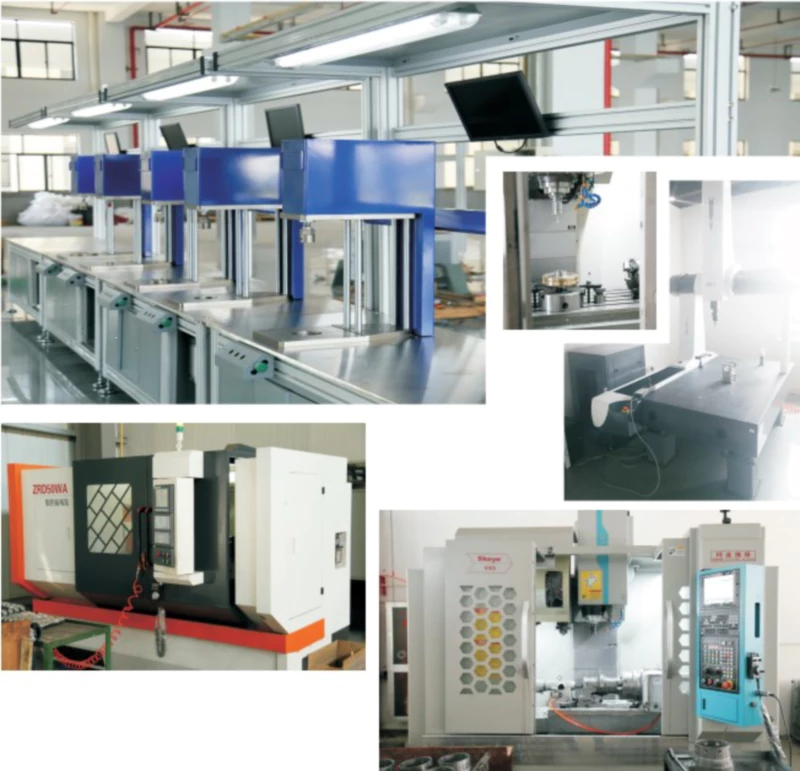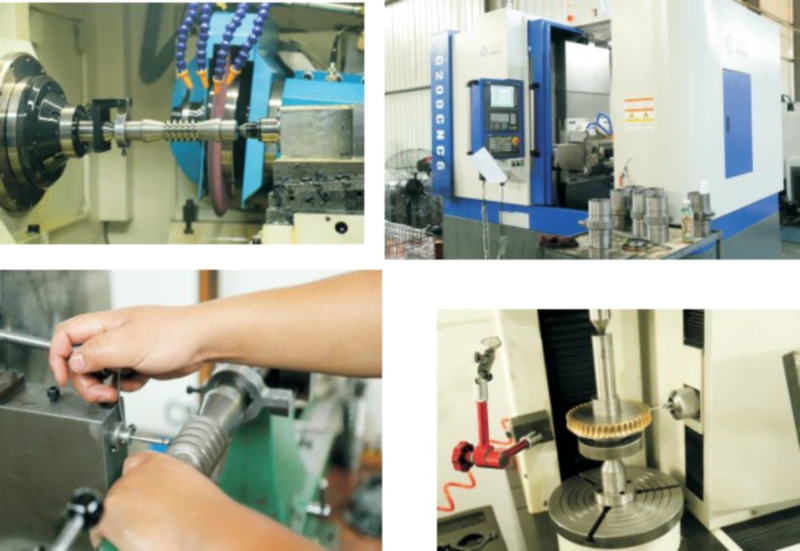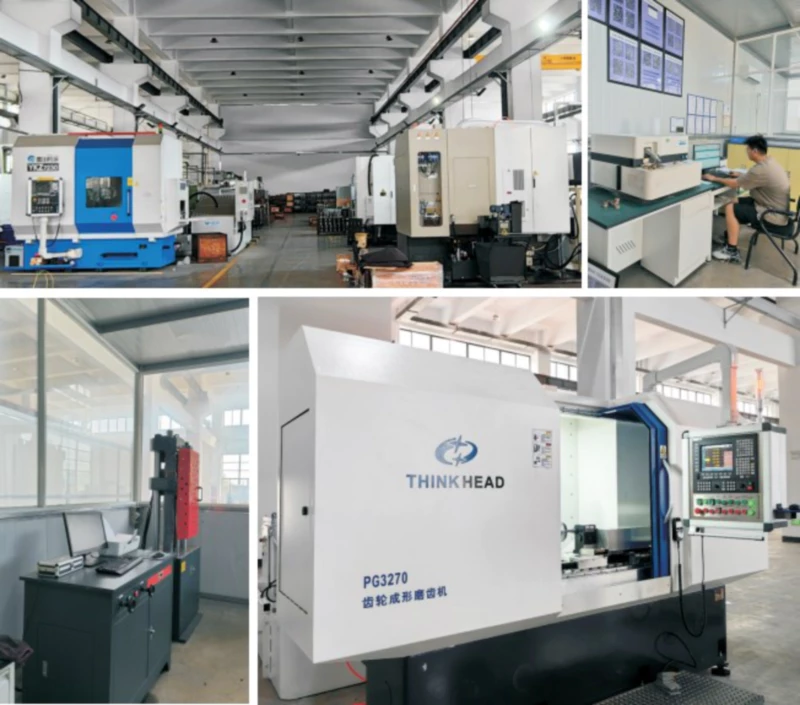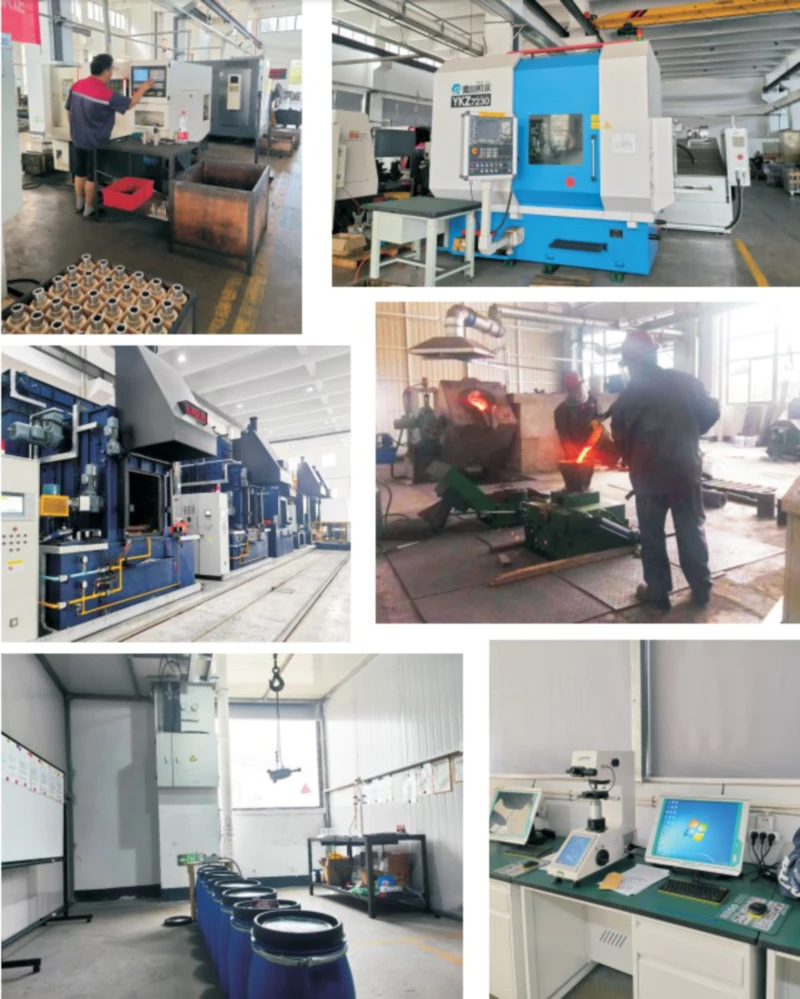Custom-Engineered Non-Standard Gear Box
In this article, we will discuss the importance and benefits of custom-engineered non-standard gear boxes in various industries. We will also explore the different types of non-standard gear boxes and their applications in industries such as aerospace, robotics, renewable energy, defense, healthcare, and manufacturing. We will also provide some tips on designing and engineering non-standard gear boxes and showcase some real-life examples of successful applications. Finally, we will introduce Shaoxing Chaoli Machinery Co., Ltd, a specialized manufacturer of non-standard gear boxes.
Introduction to Non-Standard Gear Boxes
A. Definition and Overview
A non-standard gear box is a custom-engineered gear box that is designed and manufactured to meet specific requirements and applications. It is different from a standard gear box, which is a pre-designed and off-the-shelf product that may not meet the exact needs of certain applications. Non-standard gear boxes are typically used in industries that require high precision, high performance, and tailored solutions.
B. Importance of Non-Standard Gear Boxes in Industrial Applications
The importance of non-standard gear boxes in industrial applications cannot be overstated. They are essential for many industries that require specialized and customized solutions. Non-standard gear boxes can help improve performance and efficiency, reduce maintenance costs, and increase safety and reliability. They can also enhance the overall competitiveness of businesses by providing unique advantages and capabilities.
Advantages of Non-Standard Gear Boxes
A. Improved Performance and Efficiency
Non-standard gear boxes are designed to meet specific performance requirements and can provide higher efficiency and power density than standard gear boxes. They can also reduce noise and vibration, minimize energy loss, and improve overall system performance.
B. Tailored Solutions for Specific Applications
Non-standard gear boxes can be customized to meet the exact needs of specific applications, which can help improve productivity and reduce downtime. They can also provide unique advantages such as compact size, lightweight, and enhanced functionality.
C. Cost-Effectiveness in Some Cases
Although non-standard gear boxes may have higher initial costs than standard gear boxes, they can be more cost-effective in the long run. This is because they can provide higher performance and efficiency, reduce maintenance costs, and increase the lifespan of equipment.
Types of Non-Standard Gear Boxes
A. Planetary Gear Boxes
Planetary gear boxes, also known as epicyclic gear boxes, are a common type of non-standard gear box that consists of a central gear, planet gears, and a ring gear. They are often used in high-torque and high-speed applications such as aerospace, robotics, and renewable energy.
B. Cycloidal Gear Boxes
Cycloidal gear boxes, also known as cycloid drives or cyclo reducers, use a cycloidal disc to transmit torque and power. They are often used in industrial automation, machine tools, and printing presses.
C. Harmonic Drive Gear Boxes
Harmonic drive gear boxes, also known as strain wave gear boxes, use a flexible metal disc to transmit torque and power. They are often used in precision robotics, medical equipment, and military applications.
D. Worm Gear Boxes
Worm gear boxes use a worm gear to transmit power and torque. They are often used in heavy-duty applications such as mining, construction, and transportation.
E. Bevel Gear Boxes
Bevel gear boxes use bevel gears to transmit power and torque between non-parallel shafts. They are often used in automotive, marine, and industrial applications.
F. Other Customized Gear Box Configurations
Other types of non-standard gear boxes may include helical gear boxes, spur gear boxes, and custom-designed gear boxes that meet specific requirements and applications.
Applications of Non-Standard Gear Boxes in Various Industries
A. Aerospace
1. Unconventional gear box designs for aircraft systems.
2. Non-standard gear boxes for space exploration.
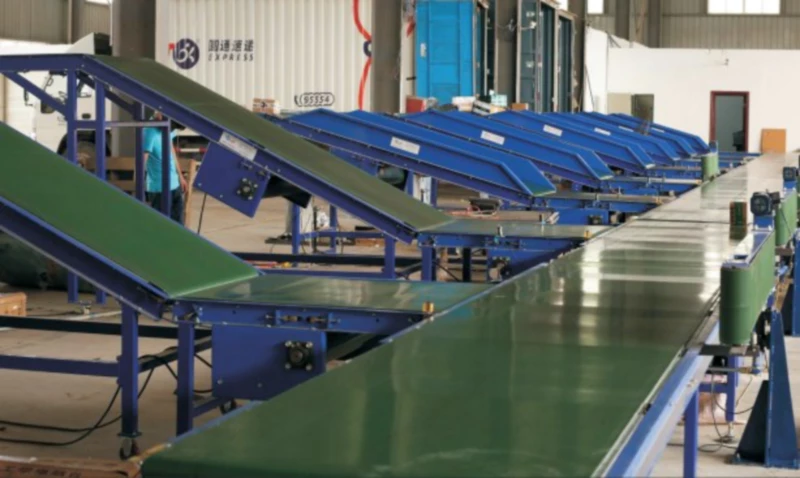
B. Robotics and Automation
1. Customized gear boxes for robotic arms.
2. Non-standard gear boxes for industrial automation processes.
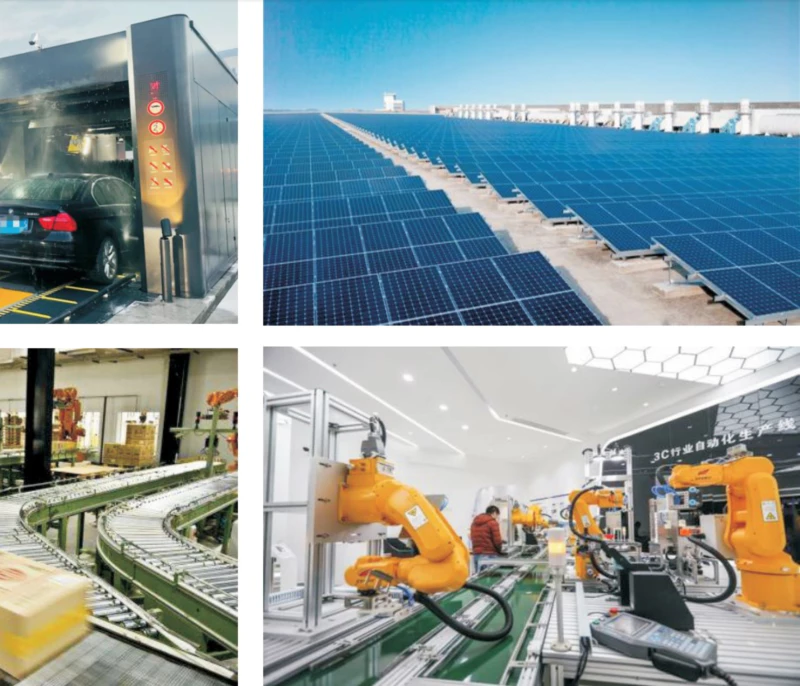
C. Renewable Energy
1. Non-standard gear boxes for wind turbines.
2. Custom-engineered gear boxes for solar tracking systems.
D. Defense and Military
1. Specialized gear boxes for military vehicles and equipment.
2. Non-standard gear boxes for naval applications.
E. Healthcare
1. Innovative gear box solutions for surgical robots.
2. Non-standard gear boxes for prosthetics and orthotics.
F. Manufacturing and Machinery
1. Tailored gear box solutions for heavy machinery.
2. Customized gear boxes for specialized manufacturing processes.
Considerations for Designing Non-Standard Gear Boxes
A. Design and Engineering Challenges
Designing non-standard gear boxes can be challenging due to the complex requirements and specifications involved. It requires expertise in gear design, manufacturing, and materials selection.
B. Material Selection and Durability
Choosing the right materials for non-standard gear boxes is critical for ensuring durability and reliability. Materials should be selected based on factors such as load capacity, wear resistance, and corrosion resistance.
C. Maintenance and Repair
Non-standard gear boxes should be designed with maintenance and repair in mind to minimize downtime and maximize productivity. Design considerations should include accessibility, ease of disassembly, and replacement parts availability.
D. Cost and Return on Investment
The cost of non-standard gear boxes can vary depending on the complexity and customization required. It is important to consider the long-term benefits and return on investment when comparing the cost of non-standard gear boxes to standard gear boxes or other alternatives.
Case Studies: Successful Applications of Non-Standard Gear Boxes
A. Real-Life Examples in Various Industries
1. Case study 1: Non-standard gear boxes in high-speed packaging machines.
2. Case study 2: Non-standard gear boxes in robotic prosthetics.
Trends in Non-Standard Gear Boxes
A. Advances in Materials and Manufacturing Technology
New materials and manufacturing technologies are enabling the development of more advanced non-standard gear boxes with higher performance and durability. This includes the use of advanced alloys, composites, and additive manufacturing techniques.
B. Integration of Sensors and IoT
The integration of sensors and the Internet of Things (IoT) is enabling the development of smarter non-standard gear boxes that can monitor and optimize performance in real-time.
C. Growing Demand for Customized Gear Box Solutions
The demand for customized gear box solutions is expected to continue growing as industries seek to improve productivity, reduce costs, and enhance competitiveness.
About Shaoxing Chaoli Machinery Co., Ltd
Shaoxing Chaoli Machinery Co., Ltd is a comprehensive manufacturer of transmission equipment located in Hangzhou, China. With over 20 years of experience in designing, manufacturing, and selling gear boxes, Shaoxing Chaoli serves customers in Europe, North America, Africa, and Asia. The company has advanced production and testing equipment, a team of specialized technical professionals, and a standardized production management system to ensure the quality and efficiency of its products. Shaoxing Chaoli’s product line includes a wide range of non-standard gear boxes that are used in various industries such as food, packaging, automation, renewable energy, and transportation. The company is committed to innovation and research in transmission technology to provide customers with reliable and effective solutions.
